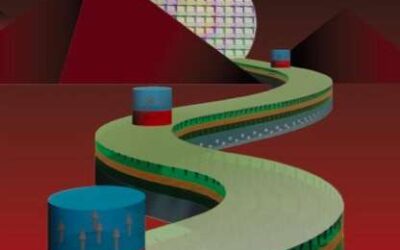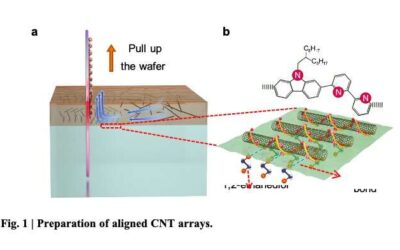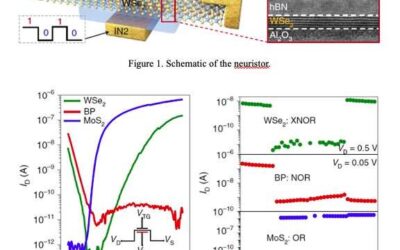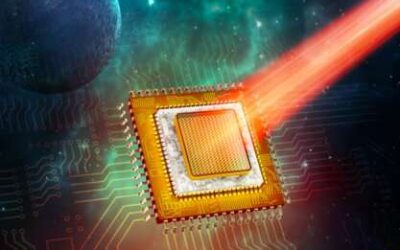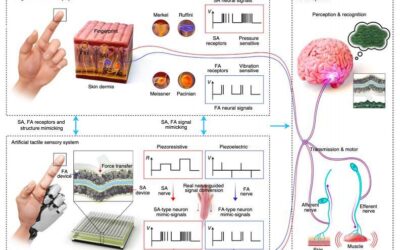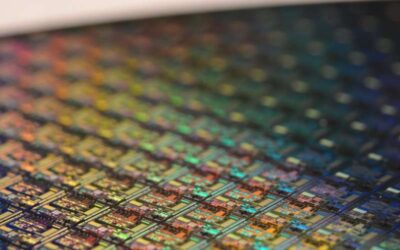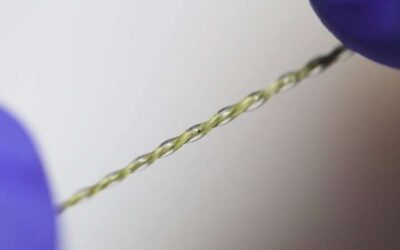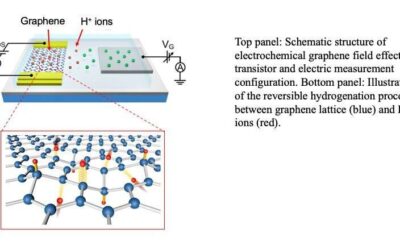Domain walls (DWs) are boundaries between two neighboring magnetic domains. The electrical manipulation of these boundaries in nanostructures could ultimately lead to the development of new computing systems to store and process information.
Electronics & Semiconductors
Radiofrequency transistors based on high-purity carbon nanotube arrays
Most next generation wireless communication technologies require integrated radiofrequency devices that can operate at frequencies greater than 90 GHz. Two of the semiconductors most widely used to fabricate radiofrequency devices are silicon complementary...
The observation of 1D Coulomb drag between adjacent QSH edges separated by an air gap
Two important factors limiting Moore's Law are power consumption and Coulomb interactions. Coulomb interactions are interactions between electric charges that follow Coloumb's law, an electrodynamics theory.
Researchers fabricate logic gates based on neuristors made of 2D materials
Individual neurons in the human brain can efficiently perform so-called Boolean operations; a type of algebraic operations that include union, subtraction and intersection. Computing systems that emulate biological neurons, such as neuromorphic computing systems,...
Researchers create unipolar barrier photodetectors based on 2D layered materials
High dark current can significantly impair the performance of infrared photodetectors, devices that can detect photons in the form of infrared radiation. For many years, most solutions for blocking dark current used the electric field inside the detectors.
Researchers create an artificial tactile skin that mimics human tactile recognition processes
Over the past few decades, roboticists and computer scientists have developed artificial systems that replicate biological functions and human abilities in increasingly realistic ways. This includes artificial intelligence systems, as well as sensors that can capture...
Molybdenum disulfide vertical transistors with channel lengths down to one atomic layer
Vertical transistors, transistors with channel lengths that are dependent on a semiconductor's thickness, could be highly valuable for the development of new generations of electronic devices. In contrast with conventional planar transistors, which are built in layers...
A stretchable and suturable fiber sensor to monitor biomechanical tissue strain
Implantable electronics are among the most promising healthcare technologies, as they can help to remotely monitor specific biological processes associated with a patient's health. While researchers have developed a variety of implantable devices over the past decade...
An on-skin device to measure sweat—rate, loss and temperature—in real-time
Monitoring sweat-related dynamics, such as sweat rate, cumulative sweat loss and sweat temperature over time could help doctors to diagnose thermoregulatory disorders and other illnesses related to heat stress. However, there are currently no devices that can...
Researchers identify a strategy to achieve large transport gap modulation in graphene
Over the past decade or so, the semimetal graphene has attracted substantial interest among electronics engineers due to its many advantageous qualities and characteristics. In fact, its high electron mobility, flexibility and stability make it particularly desirable...

